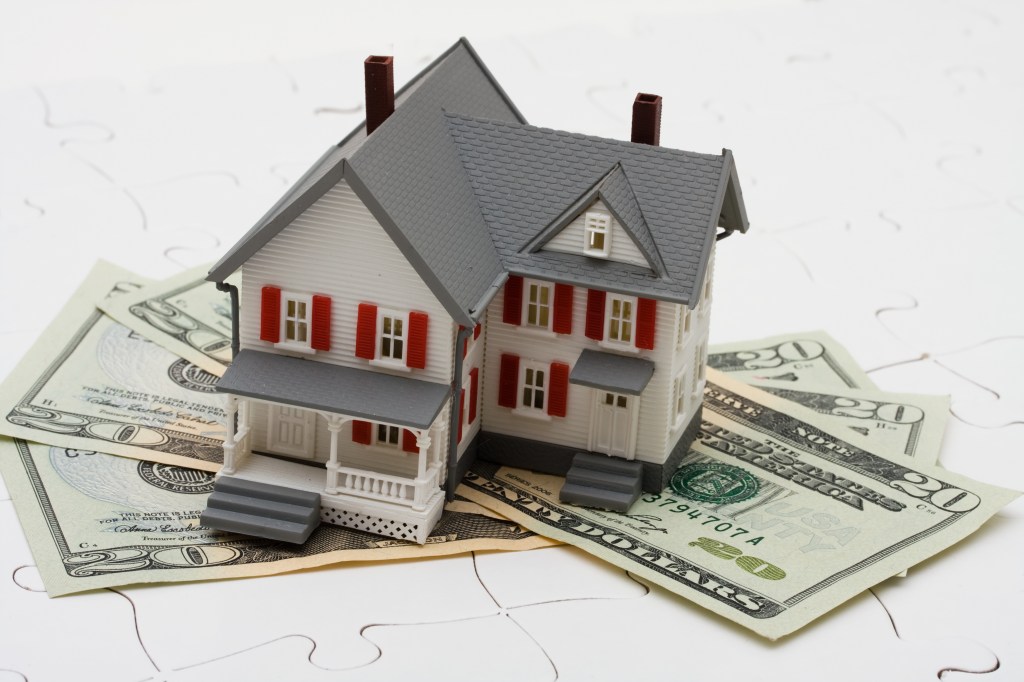Despite record-high home prices, home equity may not save some borrowers in forbearance from foreclosure, according to a Black Knight’s report published Monday. Since 2010, around 10% of borrowers with more than 120 days in delinquency were referred to foreclosure, regardless of their equity.
“While we may see some variation in foreclosure activity based on the equity levels of borrowers who are unable to return to making payments post-forbearance, those with strong equity won’t necessarily be immune to foreclosure referral,” said Ben Graboske, Black Knight’s data and analytics president.
In a report published last month, Black Knight showed that of homeowners still in forbearance as of mid-August, 98% have at least 10% equity, compared to 28% during the last downturn. The company concluded that it could reduce the risk of foreclosure – and, also, distressed liquidations.
According to the new data, high-equity borrowers are around 40% less likely to lose their homes to involuntary liquidation, such as short sale, foreclosure sale, or deed-in-lieu. However, 30% of these mortgage holders lost their homes, meaning they are not selling their property when needed.
Graboeske said in a statement that the reason for not selling the property is unclear. “Given the large number of high equity homeowners currently struggling to make their payments, this represents a significant challenge for the industry: how to educate struggling homeowners on the post-forbearance, foreclosure, and – if needed – home sale processes to limit unneeded stress on homeowners and the market alike.”
How can servicers best support homeowners as they reach maximum forbearance?
Learn about the challenges servicers are navigating and how they can set themselves and their homeowners up for success as people reach the end of their maximum forbearance.
Presented by: Xome
Forbearance programs launched due to the COVID-19 pandemic benefited around 7.6 million borrowers, corresponding to 15% of all U.S. mortgage holders.
A total of 79% of borrowers in forbearance exited the plan by reperforming on their mortgage, paying off the loan, or refinancing for sale. Meanwhile, 5% remain in loss mitigation, and 3% are delinquent or referred to foreclosure.
The number of active forbearance loans fell below 1.6 million in September for the first time since the pandemic began.
Yanling Mayer, CoreLogic’s economist, estimates that more than 1.2 million mortgage holders exited forbearance plans at the end of September, 18 months after the passage of the CARES Act, which provided millions of homeowners the protection of payments.
However, at the start of August, 50% of government-sponsored enterprise backed loans and 67% of federally insured FHA, VA, and USDA/RHS in forbearance were behind on mortgage payments- typically the last 12 payments.
“It is true that rapidly rising home prices during the pandemic have boosted home equity, which is helpful in preventing borrowers from losing their home through foreclosure,” she said in a statement. “But it will take an affordable and sustainable exit plan to keep borrowers in their homes and preserve homeownership.
According to the Black Knight HPI, home prices grew 0.9% in August, twice the historical monthly appreciation, due to low inventory levels. Mortgage monthly payments represented 21,6% of the median household income, compared to 20.5% during the Great Recession.
The mortgage delinquency rate was 4% in August, the lowest level since the beginning of the pandemic. Still, serious delinquency (more than 90 days) remains more than three times higher than pre-pandemic levels. Black Knight forecasts that the national delinquency rate will return to pre-pandemic levels by early 2022.






